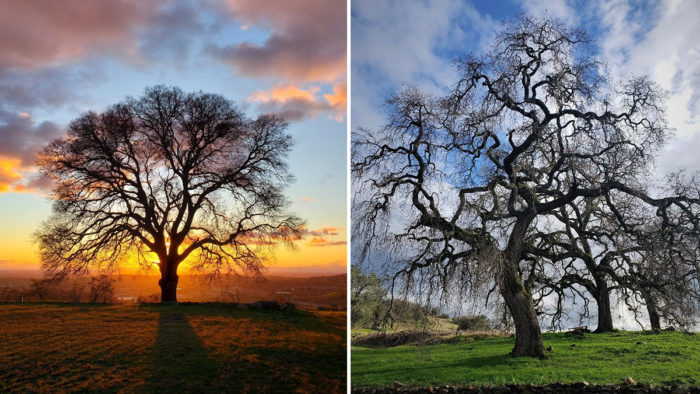
Loved for their beauty, longevity, and value to wildlife and the environment, oak trees have earned their place as a symbol of California’s natural landscape. Of the many species endemic to Northern California, the valley oak (Quercus lobata, Zones 7–11), the black oak (Q. kelloggii, Zones 5–8), and the coast live oak (Q. agrifolia, Zones 8–10) are the varieties most often found in residential settings. Oak trees are stunning in their native habitat and are naturally rugged and resilient, but an oak tree’s health can be jeopardized when the tree is incorporated into a landscape design.
Planting within the drip line or the “10 foot danger zone” or changing the soil’s grade, moisture levels, or drainage patterns can adversely affect an oak’s health. Remaining close to the oak’s natural preference for dry summers and moist winters is essential. Planting varieties that tolerate and even thrive in dry summer soils and partial shade conditions typically found beneath these majestic beauties leads to long-term success. Not surprisingly, many of California’s native plants or their cultivars are ideal for landscaping around or under native oak trees. The following easy-care, drought-tolerant, pest-proof plants are among my favorites.
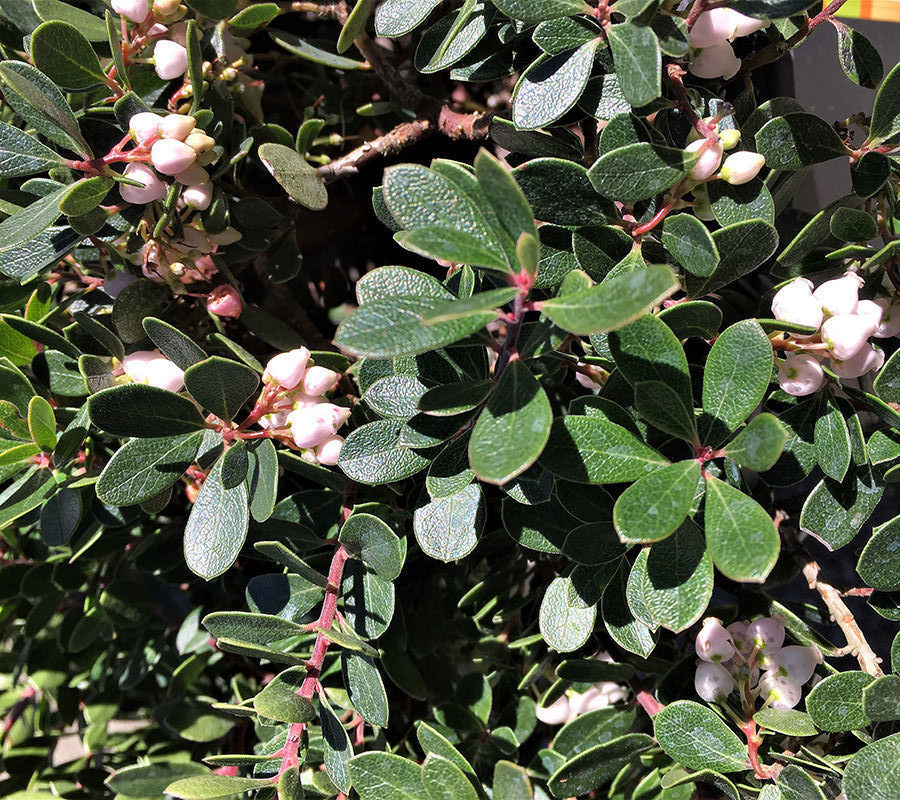
‘Point Reyes’ bearberry (Arctostaphylos uva-ursi ‘Point Reyes’, Zones 4–8)
Growing 1 foot tall and spreading up to 8 feet wide, this native manzanita is a slow-growing, long-lived, somewhat prostrate evergreen shrub. It sports smooth, mahogany-colored bark densely clothed with small, glossy, gray-green oval leaves. Abundant springtime clusters of nodding, bell-shape blooms are followed by small red berries. Much loved by native bees and honeybees alike and by butterflies and birds, this bearberry is a great habitat garden choice, is gorgeous massed as a ground cover, and mingles wonderfully with other oak-tolerant shrubs or perennials. It also does well in all but the shadiest conditions.
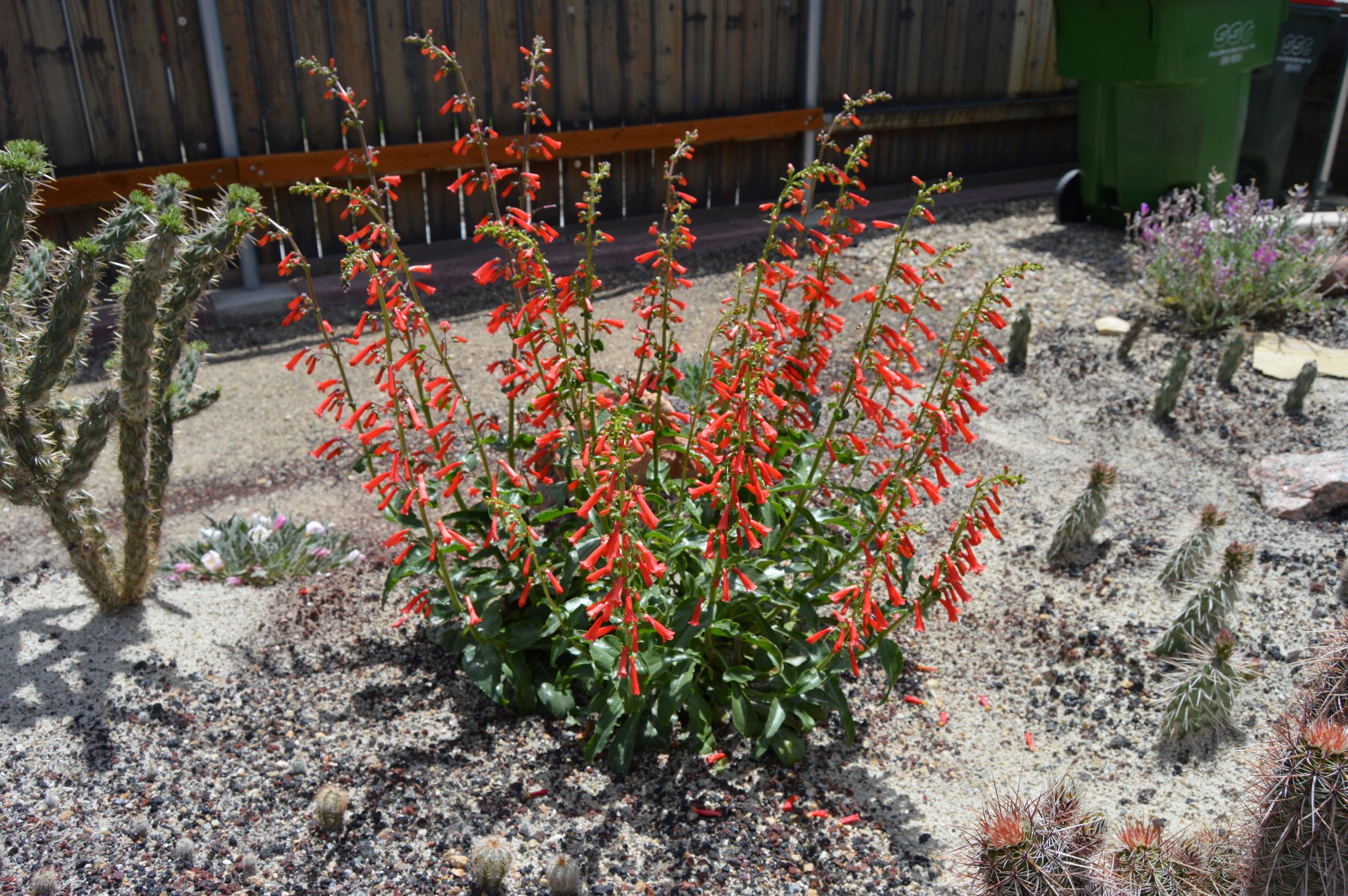
Firecracker penstemon (Penstemon eatonii, Zones 4–9)
Native to the mountains of the Desert Southwest and California, and most often found growing among pinyon pines, firecracker penstemon is an evergreen perennial well adapted to the summer dry and slightly acidic soil conditions found under oak trees. Showiest in mid to late spring, this stunner produces tall, upright bloom spikes adorned top to bottom with vivid, bright, orange-red tubular flowers. These blossoms are much loved by hummingbirds, butterflies, and bees. This easy-care perennial naturalizes happily, doing best with full sun to partial shade.

Pink muhly grass (Muhlenbergia capillaris, Zones 5–9)
Most admired for its long-lasting, spectacular clouds of feathery pink panicles that float airily above the graceful foliage in late summer and fall, this rugged perennial grass is native to the open woodlands and prairies of the eastern United States. Growing 2 to 4 feet tall and wide, with glossy, almost threadlike olive-green blades, pink muhly grass loves the edges or sunnier spots under the oak where it can get at least four hours of sun. Particularly stunning when massed in drifts (and traffic-stopping in bloom), it’s very effective used as a vertical specimen or softening accent plant.
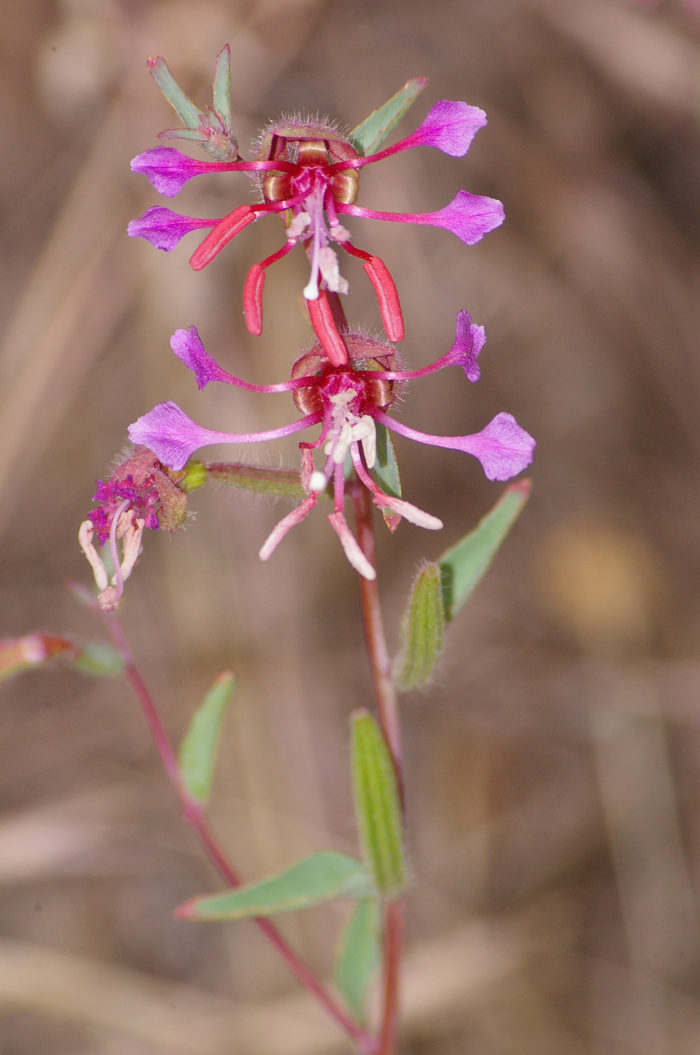
Elegant clarkia (Clarkia unguiculata, Zones 8–10)
A showy California wildflower found in woodland habitats from the Central Coast to the Sierra foothills, this plant features multiple upright leafy stems adorned with masses of 1-inch magenta-purple blooms from April through June. The bloom cycle of this “farewell to spring” begins with the deep red buds opening up to the fluffy, colorful blooms beginning at the bottom and slowly working their way up to the top of each 2-foot-tall flower spike. Consider elegant clarkia a highly rewarding plant in any garden setting and an excellent naturalizer for around and under oaks.
Fionuala Campion is the owner and manager of Cottage Gardens of Petaluma in Petaluma, California.



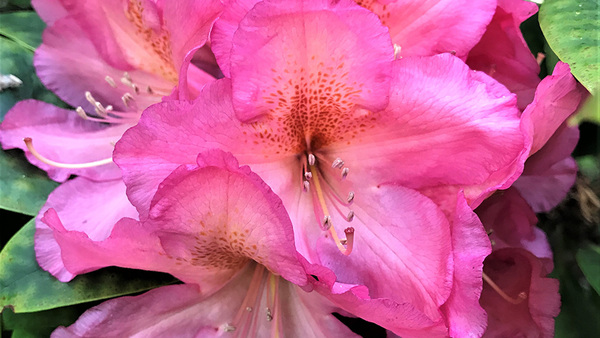














Comments
Log in or create an account to post a comment.
Sign up Log in